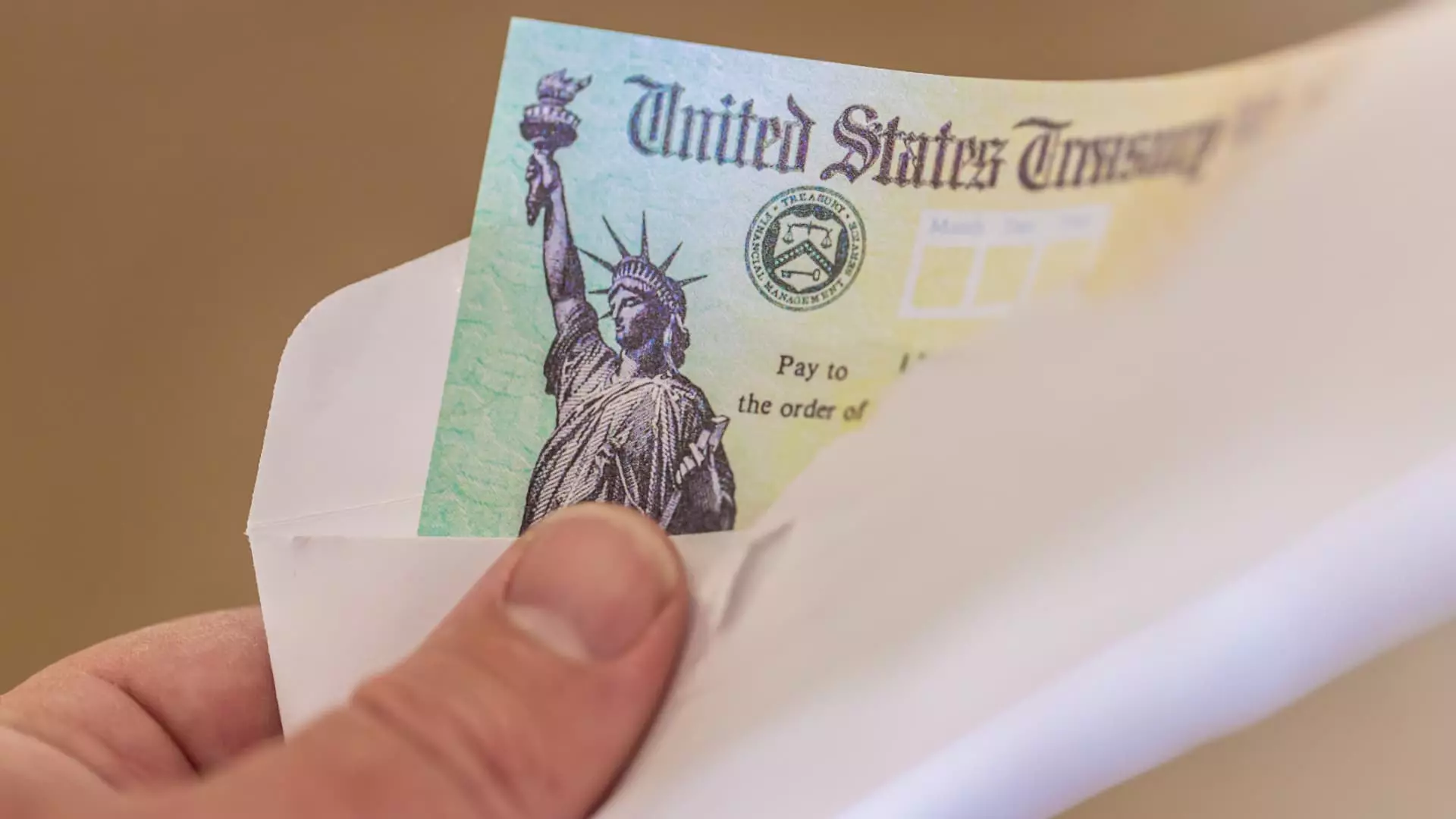As the federal tax deadline draws near, many Americans face an anxiety-inducing conundrum: Did I miss my chance at claiming the eagerly awaited pandemic-era IRS stimulus check? For those who haven’t yet seized this financial lifeline, the time to act is now. Where there is a chance for financial aid, it’s imperative to understand the mechanisms at play and why so many are left in the dark.
The Uncertain Landscape of Stimulus Payments
The 2021 COVID-19 stimulus payments promised individuals up to $1,400, and families up to $5,600, yet many still haven’t received their fair share. The government touted these payments as a lifeline during an unprecedented crisis. Still, not everyone knows how to navigate the complexities involved in claiming such funds. This is especially troubling considering that the recovery rebate credit—an opportunity to claim unreceived payments—is only accessible through the timely filing of tax returns.
This convoluted web of tax implications can leave many feeling overwhelmed, particularly low-income families relying on these payments to make ends meet. The IRS currently projects that “special payments” will be issued to 1 million taxpayers who failed to claim this credit. But what about the others who are unaware they qualify or simply find the process daunting? The government must strip away unnecessary barriers, making aid accessible to all who need it.
Systemic Failures in Communication
One of the glaring issues is the lack of effective communication regarding entitlement to these funds. The IRS has made available an online account feature where individuals can check their eligibility and the status of their payments, but many people may not even know about it. Here lies the problem: if citizens are not informed, they remain in the dark, effectively undermining any efforts to provide financial relief. It is nothing short of negligence for an agency responsible for financial aid not to ensure effective outreach.
Barriers to Accessing Vital Funds
Consider the income ceiling set for the recovery rebate credit: $75,000 for single filers and $150,000 for married couples. While on the surface this seems reasonable, it excludes a large swath of middle-income earners who are fighting to keep their heads above water. The phaseout thresholds may seem fair to policymakers, but they do not account for the nuanced economic struggles faced by many families. Thus, a large number of potential beneficiaries are left without the assistance they rightfully deserve.
The Emotional Toll
More than just numbers, these missing payments carry emotional consequences. Families that relied on these checks often experience frustration and anxiety as they navigate a system that feels rigged against them. The emotions tied to financial uncertainty can manifest as stress and depression, compounding issues that extend far beyond mere economics. Is it fair that an individual must engage in a labyrinthine process to claim what is theirs due to systemic oversights and lack of proactive measures? Hardly.
As the deadline approaches, citizens must act quickly while also demanding a re-evaluation of how these fiscal lifelines are administered. The moral obligation to ensure that no one falls through the cracks lies with us all, including those in power.

